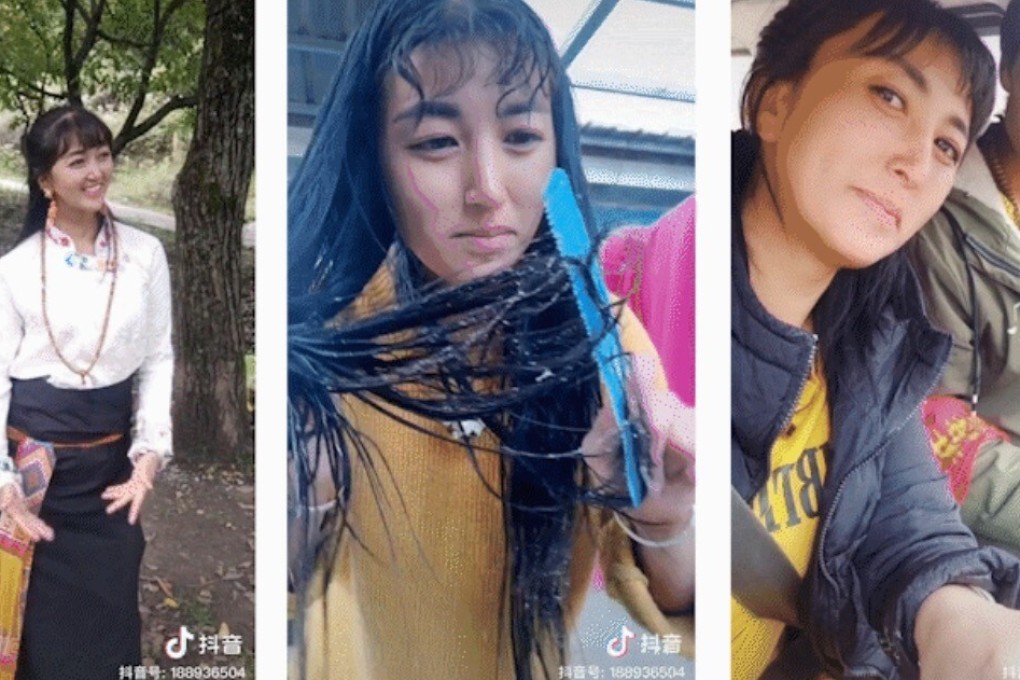What a rural woman in China’s horrific killing says about domestic violence in the country
- A day after vlogger Lhamo’s death, President Xi Jinping told a UN conference his country was committed to eliminating discrimination and violence against women
- But Lhamo’s case, and other recent cases of women killed by their partners, show how far China still has to go to meet that goal

Despite a rising awareness in China of domestic abuse and legislation to protect victims, the recent brutal killing of Lhamo, a Tibetan woman who ran a video blog, by her ex-husband has highlighted the country’s struggle to curb deadly violence against women.
The Chinese government says it stands firmly by gender equality and the protection of women against discrimination and violence. The day after Lhamo’s death, President Xi Jinping told a United Nations conference that China was committed to eliminating discrimination and violence against women.
But Lhamo’s case, and many other recent reports of women killed by their partners, show the goal is still far from reality.

Lhamo’s death dominated Chinese social media for days. “I hope he gets sentenced to death,” read a comment on microblogging platform Weibo, echoing calls by state media for harsh punishment for Tang.
As details of the circumstances surrounding Lhamo’s death trickled out, it became clear the killer’s hostility alone could not fully account for the tragedy. An examination of the events leading up to the attack has revealed a disturbing pattern of institutional failure.
